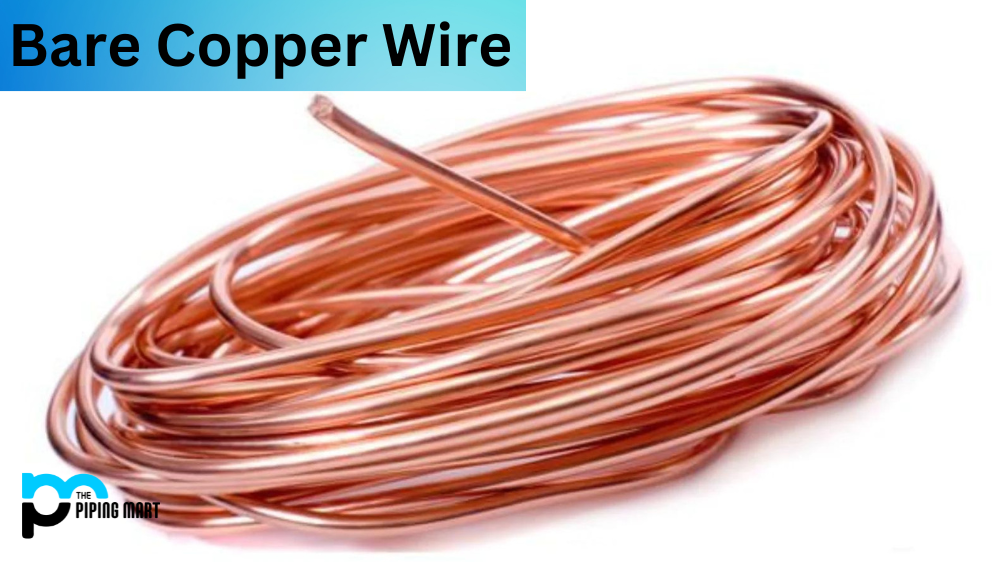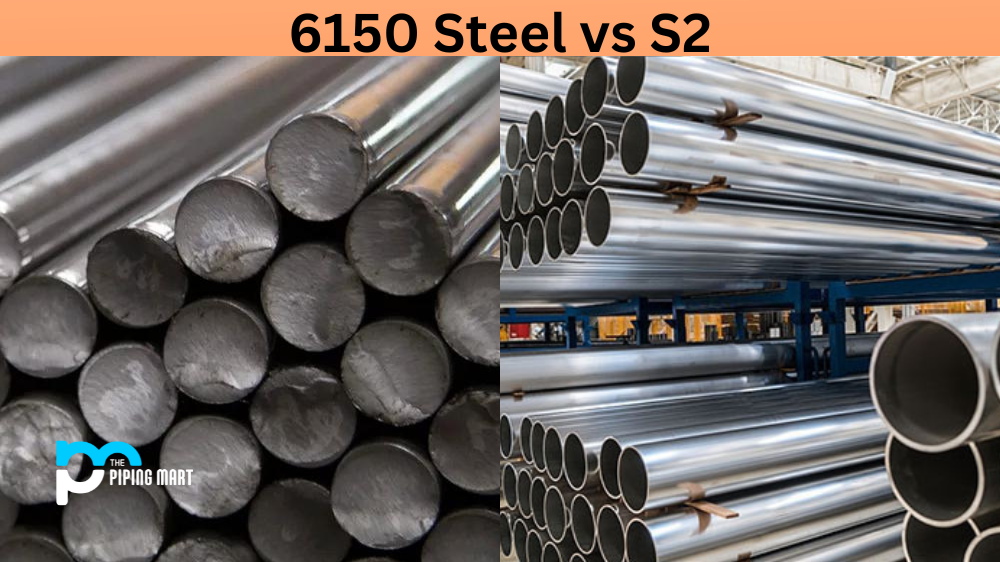Duplex stainless steel is a type of alloy that contains both ferrite and austenite characteristics. It has a higher strength than regular stainless steel but has higher corrosion resistance and better weldability. This makes it an ideal material for many applications, such as oil and gas pipelines, marine structures, and chemical tanks. However, like any other material, duplex stainless steel also has its own advantages and disadvantages that must be considered before using it in your project. Let’s take a closer look at the pros and cons of this unique alloy.
Advantages of Duplex Stainless Steel
One of the biggest advantages of duplex stainless steel is its superior strength compared to conventional stainless steel grades. Thanks to its dual microstructure, duplex stainless steel is much stronger than regular austenitic or ferritic materials, which means it can handle more stress without becoming deformed or damaged. In addition, this alloy offers excellent corrosion resistance due to its chromium content—which helps form a protective layer on the surface—and its high levels of molybdenum and nitrogen. This makes it ideal for applications where exposure to corrosive substances is expected.
Duplex stainless steel also offers excellent weldability thanks to its low carbon content and balanced ferrite-austenite ratio. This allows for easy welding without any risk of cracking or warping due to heat distortion. Finally, this material is extremely cost-effective; because it combines two types of alloys into one material, you get all the benefits without having to pay for separate materials or processes!
Increased Strength
Duplex stainless steel is an alloy that contains both austenitic and ferritic stainless steel. This combination results in increased strength, as well as increased resistance to stress corrosion cracking and pitting. Additionally, duplex stainless steel is less likely to weld than austenitic stainless steel, making it ideal for use in high-pressure applications.
Improved Corrosion Resistance
The increased strength of duplex stainless steel also results in improved corrosion resistance. This is because the alloy contains higher levels of chromium, molybdenum, and nitrogen than other types of stainless steel. These elements help to resist the formation of rust and other forms of corrosion.
Higher Temperature Resistance
Duplex stainless steel can also withstand higher temperatures than other types of stainless steel. This makes it ideal for use in applications where high temperatures are a concern, such as in power plants or chemical plants. Additionally, duplex stainless steel has a lower thermal expansion coefficient than austenitic stainless steel, meaning it will not expand as much when heated.
Lower Cost
Despite its many benefits, duplex stainless steel is often less expensive than other types of stainless steel. This is because it contains lower levels of nickel and other costly metals. Additionally, duplex stainless steel is often recycled more quickly than different types of stainless steel, further reducing its cost.
Increased Sustainability
The lower cost and increased recyclability of duplex stainless steel make it a more sustainable option than other types of stainless steel. Additionally, the production of duplex stainless steel often generates less waste than the production of different types of stainless steel.
Disadvantages of Duplex Stainless Steel
Despite its many benefits, some potential drawbacks are also associated with duplex stainless steel. One major drawback is its susceptibility to stress corrosion cracking (SCC). This occurs when the material is exposed to environments with high chloride concentrations—such as salt water—and simultaneously high temperatures and tensile stresses. Additionally, although duplex stainless steel is highly resistant to corrosion in most cases, specific concentrations or conditions may still cause pitting or crevice corrosion over time if not adequately monitored. Finally, because this material contains two different phases—ferrite and austenite—it cannot be easy to machine accurately; special tools are required to achieve the desired results.
- Duplex stainless steel is more expensive than other types of stainless steel.
- Duplex stainless steel is difficult to weld.
- Duplex stainless steel is less corrosion-resistant than other types of stainless steel.
- Duplex stainless steel is less heat-resistant than other types of stainless steel.
- Duplex stainless steel can be difficult to find in certain sizes and grades.
Conclusion:
All things considered, duplex stainless steel can be beneficial in many applications if used correctly. Its combination of strength and corrosion resistance make it an ideal choice for projects where these qualities are needed most; however, you must also consider its potential drawbacks when determining whether or not it’s suitable for your specific application needs! If you have any questions about using duplex stainless steel in your project, please don’t hesitate to contact us today – our knowledgeable team would be happy to help!

Pipingmart is a B2B portal that specializes in metal, industrial and piping items. Additionally, we share the latest information and information about materials, products and various types of grades to assist businesses that are involved in this business.




